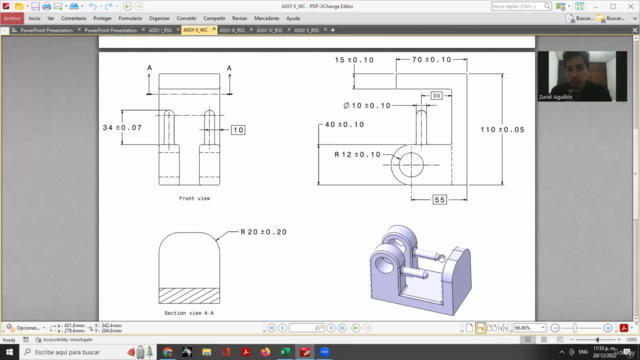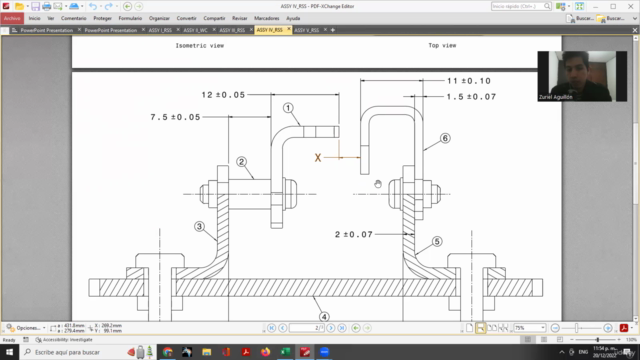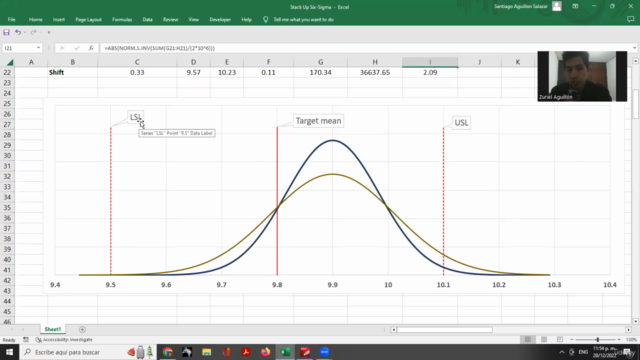Tolerance Stack Ups for Mechanical engineers with Six-Sigma
Estimate the quality level of your assembly as a PRO to predict Defects + Examples + Homeworks + Templates
4.30 (187 reviews)

1,123
students
4.5 hours
content
Dec 2022
last update
$44.99
regular price
What you will learn
Worst-Case approach
Statistical approach (RSS)
Six-Sigma approach
Create the loop for tolerance analysis in 2D
Estimate the quality level of the assembly
Estimate the expected Defects Per Million of Opportunities (DPMO)
Inflation factors for non-normal distributions (Ci)
Process capablity index (Cp) from manufacturing
Dynamic shift (k) for loss of performance over time
Understand trade-offs for tolerance analysis
Customer requirements (LSL, USL)
Screenshots




4757606
udemy ID
6/29/2022
course created date
12/23/2022
course indexed date
Bot
course submited by